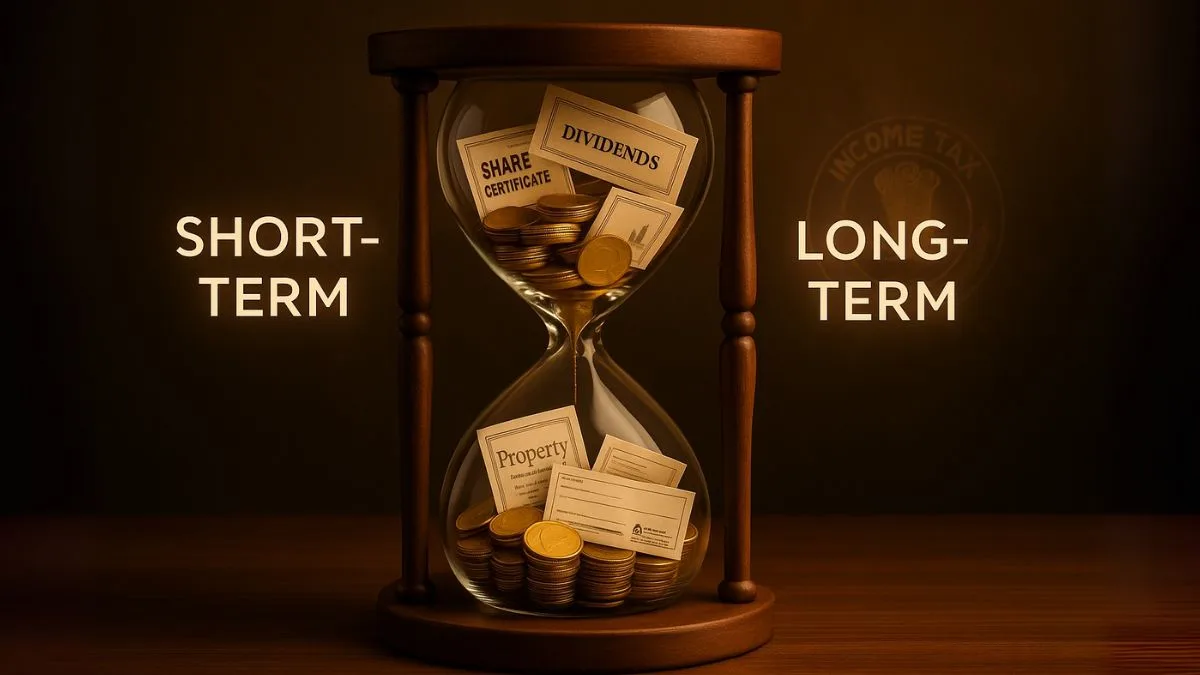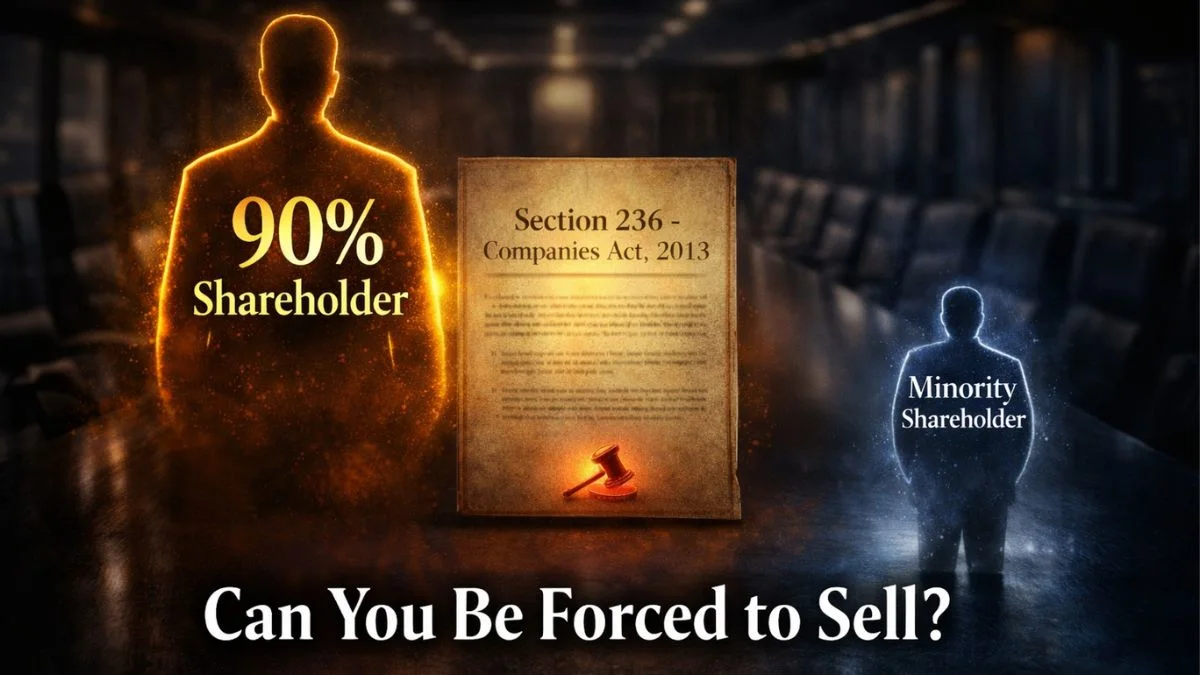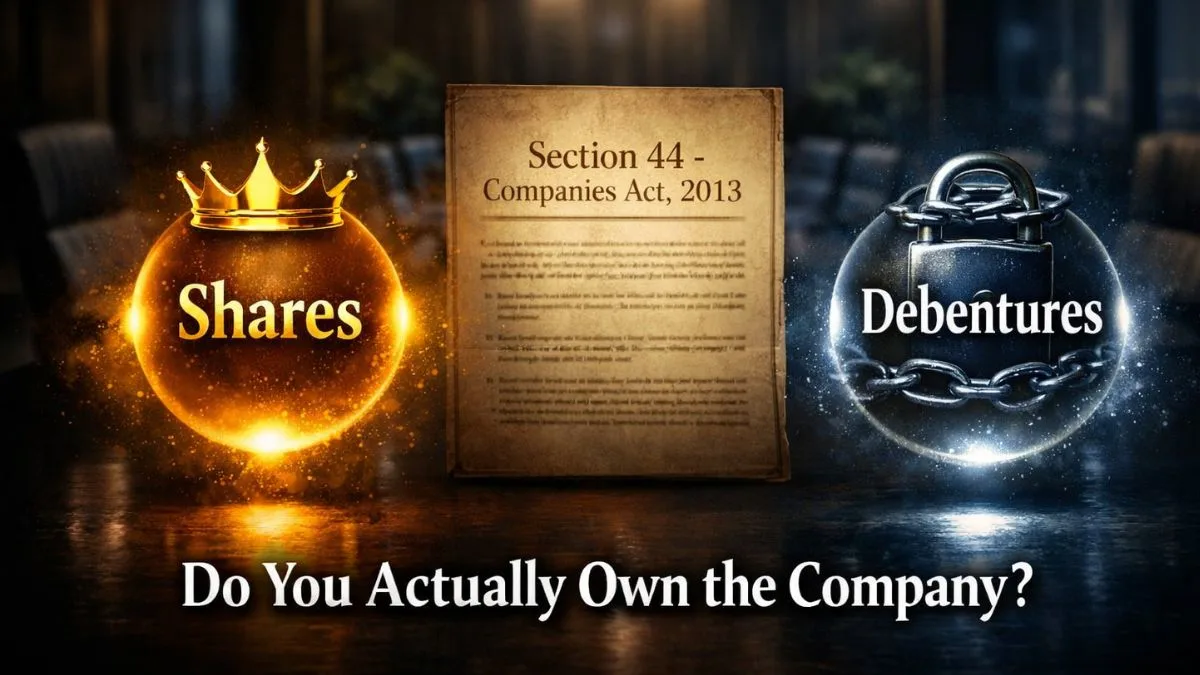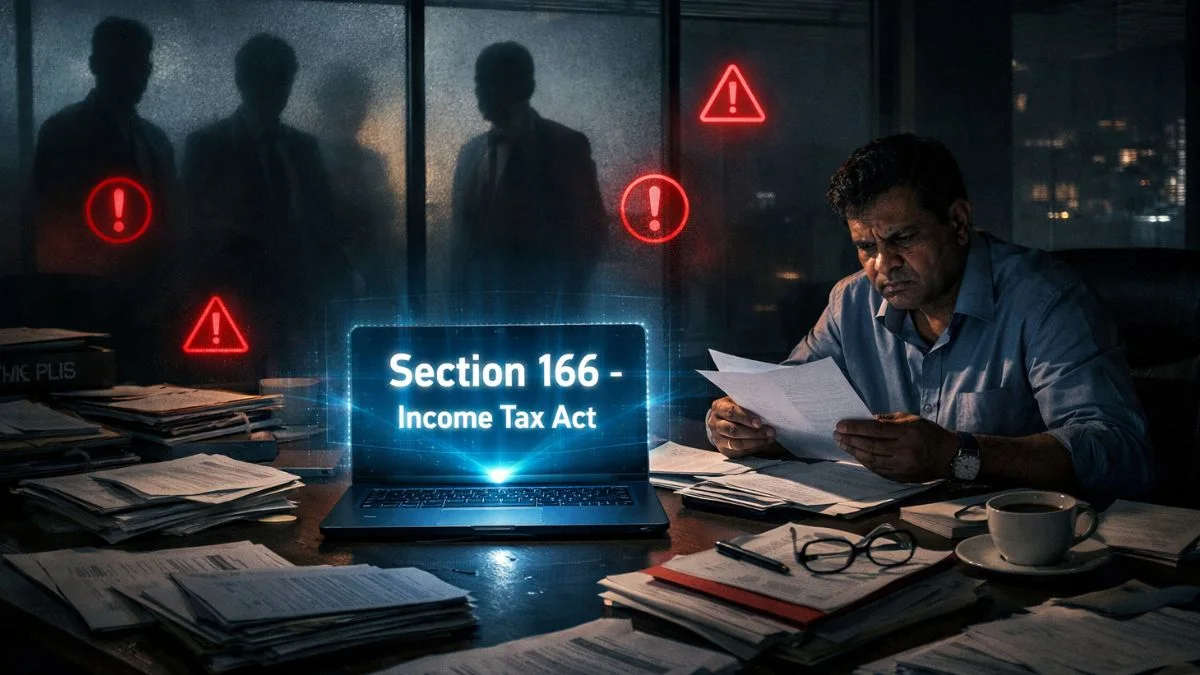
When you sell an asset—be it property, stocks, or gold—the tax implications depend heavily on how long you have held it. The Income Tax Act classifies these assets as either short-term capital assets or long-term capital assets. The dividing line lies in Section 2(42A) of the Act, which defines Short Term Capital Asset.
This definition not only impacts the capital gains tax you pay but also your overall financial planning. For investors, entrepreneurs, and individuals alike, understanding this section is the first step in proper tax compliance & tax savings.
What is Section 2(42A) of the Income Tax Act?
Section 2(42A) of the Act defines Short Term Capital Asset. In simple terms, it lays down the holding period beyond which an asset is treated as long-term. If you sell an asset before completing that prescribed period, it is considered short-term, and profits are taxed at higher rates.
The section basically defines what is short-term capital asset. According to this provision:
- Immovable property (like land, house property, or buildings) is short-term if held for less than 36 months.
- Equity shares, listed securities, mutual funds, & units of UTI are short-term if held for less than 12 months."
- Unlisted shares and immovable property were earlier considered short-term if held under 36 months, but this period was reduced to 24 months in 2017 to benefit taxpayers.
Thus, Section 2(42A) forms the foundation of all capital gains taxation.
Why Does Section 2(42A) Matter?
- Impacts Tax Rate – Short-term capital gains (STCG) are taxed at higher rates compared to long-term capital gains (LTCG).
- Defines Investment Strategy – Investors holding assets must decide whether to sell early & pay higher tax or wait longer for lower tax rates.
- Determines Exemptions – Many exemptions under sections 54, 54EC, and 54F apply only to long-term assets.
- Regulates Electoral Trust Contributions – Interestingly, the Income Tax Act also has special provisions relating to voluntary contributions received by electoral trust, which highlights how income and contributions are categorized separately for taxation purposes.
Also Read: Short-Term Capital Gains Tax on Equity Shares & Mutual Funds
Examples of Short-Term Capital Assets under Section 2(42A)
- Example 1 – Shares:
If you buy listed shares of a company in January 2024 and sell them in August 2024, the holding period is less than 12 months. Hence, under Section 2(42A) of the Act, it is a short-term capital asset. - Example 2 – House Property:
Suppose you purchase an apartment in March 2022 and sell it in June 2024. Since the holding period is just over 2 years (24 months) but less than 36 months, the property is considered short-term if sold before July 2025."
These simple examples explain how the law defines what is short-term capital asset and why timing of sale is critical.
Taxation of Short-Term Capital Assets
The profits earned from selling short-term assets are taxed as Short-Term Capital Gains (STCG).
- Equity and securities (where STT is paid): Taxed at 15% under Section 111A.
- Other assets: Taxed at normal slab rates applicable to the taxpayer.
This means that STCG directly increases your taxable income, & higher the income slab, higher the tax liability.
Section 2(42A) vs Long-Term Assets
The beauty of Section 2(42A) lies in its distinction. If your asset crosses the threshold holding period, it becomes long-term, which has benefits such as:
- Lower tax rates (10% or 20% with indexation).
- Eligibility for exemptions under sections like 54 (house property), 54F (other assets), and 54EC (bonds).
Thus, the section makes you think strategically—sell now and pay more, or wait and save tax.
Special Provisions Relating to Electoral Trusts
While Section 2(42A) is largely about capital gains, the Income Tax Act also has special provisions relating to voluntary contributions received by electoral trust. Electoral trusts are entities that receive donations from corporates or individuals and distribute them to political parties.
Though unrelated to capital assets directly, these provisions emphasize transparency and ensure that voluntary contributions are taxed or exempted as per strict rules. This shows how income definitions in the Act are broad and cover both individual taxpayers & institutional setups.
Common Mistakes by Taxpayers
- Misinterpreting Holding Periods: Many taxpayers wrongly calculate holding periods & misreport capital gains.
- Assuming All Assets Have the Same Rules: Different rules apply for listed shares, unlisted shares, debt funds, and real estate."
- Not Using Exemptions: Selling short-term assets without considering reinvestment or exemption options leads to higher taxes.
- Confusing Electoral Contributions: Voluntary contributions to an electoral trust are regulated separately, but taxpayers often club them with general donations.
Also Read: Save Capital Gains Tax by Investing in Bonds
Practical Tips for Taxpayers
- Always check the definition under Section 2(42A) of the Act before selling any asset.
- If possible, hold assets beyond the short-term period to qualify for lower tax."
- Use capital losses from short-term assets to offset capital gains.
- Keep proper records of acquisition and sale dates to avoid notices.
Conclusion
Section 2(42A) of the Income Tax Act defines Short Term Capital Asset. It is the section that defines what is short-term capital asset & decides whether your profits are taxed as short-term or long-term gains. By understanding it, taxpayers can plan better, save tax, and make smarter investment decisions.
At the same time, the law also introduces special provisions relating to voluntary contributions received by electoral trust, ensuring transparency in political funding.
In short, knowing Section 2(42A) is not just about tax—it’s about strategy, compliance, and financial discipline.
👉 Want to ensure you pay the least tax on your capital gains? Let our experts at Callmyca.com help you optimize your ITR filing with smart strategies. Book your consultation now and save more!











